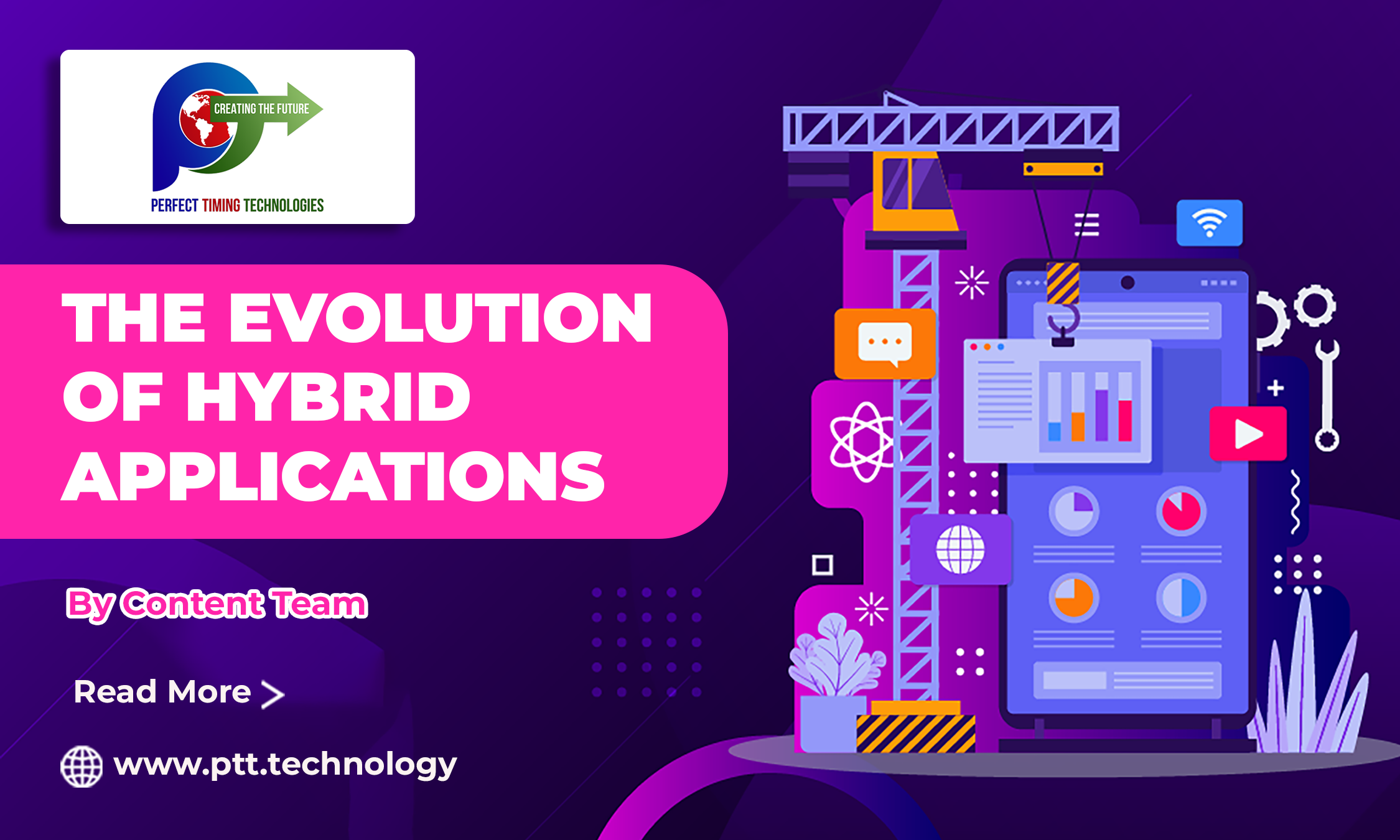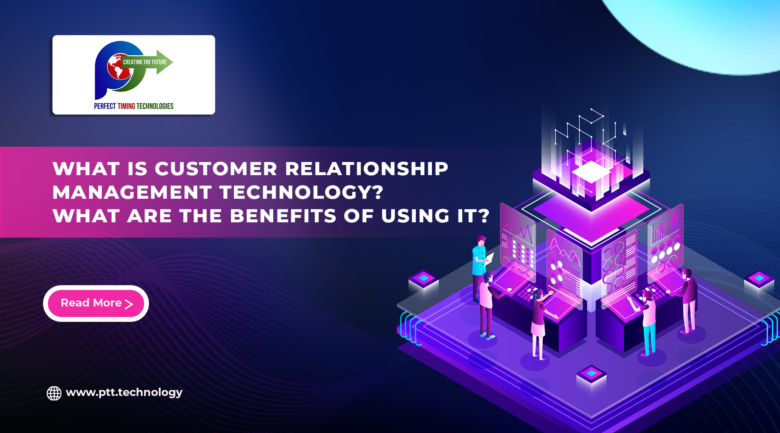
The modern business world gets highly influenced by the latest technologies. Mobile applications have become a popular business tool for growth and profit making.
This article shall deal with the evolution of hybrid applications. But before diving into the topic, we must know more about hybrid applications.
An Overview of Hybrid Applications
Hybrid applications are mobile applications built using a combination of web technologies such as HTML, CSS, and JavaScript, as well as native app development frameworks such as Apache Cordova, React Native, or Xamarin.
Hybrid apps are essentially web apps inside a native app shell, which allows them to access device-specific features distributed via app stores like native apps. The Hybrid application development uses a single codebase deployed on multiple platforms, such as iOS, Android, and Windows, which can save development time and cost compared to building separate native apps.
Hybrid apps can provide a good balance between the development cost and the user experience, as they can access device-specific features like camera, GPS, and accelerometer while still leveraging web technologies for the UI and business logic.
The Evolution of Hybrid Applications
Hybrid apps have gone through a significant evolution since their inception. Here’s a general overview of the evolution of hybrid apps:
- Early Hybrid App Development: In the early days of hybrid app development, frameworks like Apache Cordova (previously known as PhoneGap) gained popularity. This allowed developers to build apps using web technologies such as HTML, CSS, and JavaScript, wrapped within a native container. The apps could access several device capabilities through plugins.
- Advancements in Hybrid App Frameworks: With hybrid application development gaining traction, more advanced frameworks emerged. One notable example is React Native, introduced by Facebook. React Native enabled developers to build mobile apps using JavaScript and a native rendering engine, resulting in better performance and user experience than traditional hybrid approaches.
- Progressive Web Apps (PWAs): Progressive Web Applications are not strictly hybrid apps. Instead, they blurred the lines between native and web apps. PWAs leverage modern web technologies to provide a native-like experience, including offline capabilities, push notifications, and access to device features. They can be installed on a user’s device, just like native apps, and launched from the home screen.
- Cross-Platform App Development: Cross-platform app development frameworks such as Flutter and Xamarin gained popularity. These frameworks allow developers to build apps that run on multiple platforms using a single codebase. They leverage native rendering capabilities, resulting in better performance and user experience.
- Native-like User Interfaces: Modern hybrid app frameworks focus on providing native-like user interfaces. They provide access to native components and APIs, allowing developers to create UIs that closely resemble those of native apps. This evolution has helped reduce the perception of hybrid apps as less polished or performant compared to their native counterparts.
- Improved Performance: Over time, hybrid app frameworks have improved their performance. Advances in rendering engines, JIT (Just-In-Time) compilation, and hardware acceleration contributed to significant performance enhancements. Hybrid apps can offer smoother animations, faster loading times, and better responsiveness.
- Enhanced Native Capabilities: Hybrid apps can access a broader range of native capabilities. Frameworks provide plugins or modules that allow developers to access device features, such as cameras, GPS, accelerometer, and contacts. This integration with native APIs has made it possible to develop sophisticated apps using hybrid approaches.
- Code Reusability and Time-to-Market: One of the advantages of hybrid app development is code reusability. With a single codebase, developers can target multiple platforms, reducing development time and cost. Additionally, the ability to update apps in real-time without requiring users to download updates allows for faster iterations and shorter time-to-market.
Final Thoughts
Hybrid applications can be a good choice for businesses looking to develop cross-platform mobile applications with a moderate development cost and a decent user experience. It’s worth noting that the evolution of hybrid apps is an ongoing process, and new frameworks, tools, and techniques continue to emerge, driving further advancements in the field.







